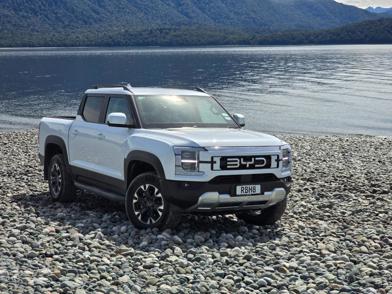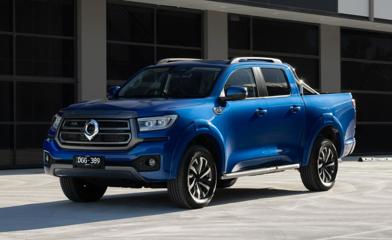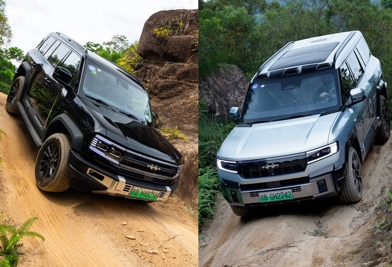What’s this new car all about then?
If you haven’t heard of the Kia Tasman over the last few years then the rock you are sleeping under must be quite big. But that’s alright, because as it turns out the Tasman should be able to climb over it.
The Tasman is, of course, Kia’s entry into the hyper-competitive ute segment that rules supreme in this part of the world. A traditional one-tonne ladder chassis pick up with decidedly non-traditional styling, the Tasman has already stirred up strong feelings about its existence long before it launched. Mainly because of those looks.
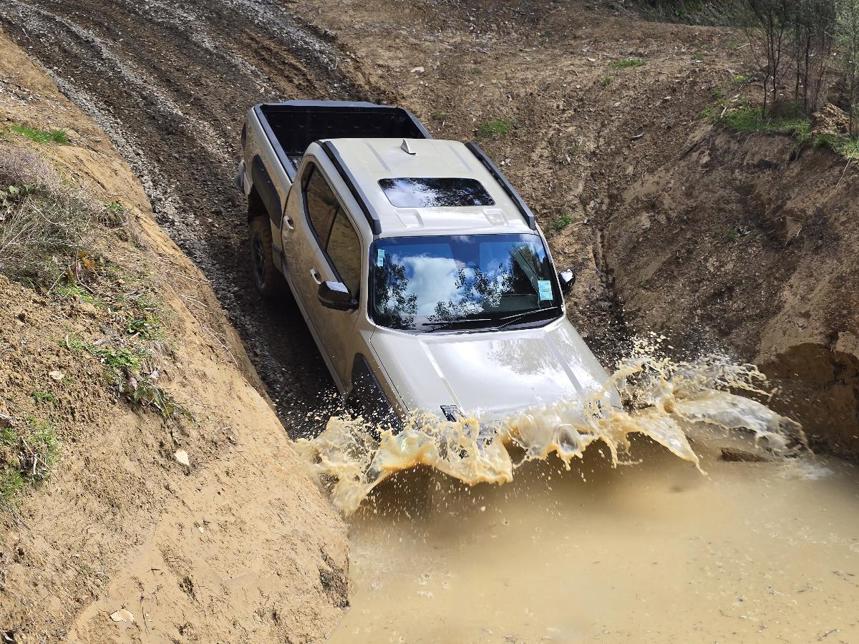
Look, I’m just gonna say it - I love the way the Tasman looks. To me it looks like the big, chunky toy trucks made by the likes of Buddy L and Tonka in the 1980s so of course, being a massive child, I was immediately attracted to it.
That attraction grew when I first saw one in the metal at a top-secret “look but don’t tell anyone about it” event at Kia’s design headquarters in Seoul when we drove the EV3 for the first time, and here’s the best bit - in a brightly lit room looming over smaller (but no less radical looking) design concepts, it looked even more like a big toy. And I loved it even more too.

While not everyone shares my love for it, I will offer this advice - wait until you have actually seen one in the metal before totally making up your mind. It might not win you over, but it is a design that makes much more sense in real life.
Looks aside, the Tasman largely mirrors the specifications, trim levels and pricing of the leaders in the ute segment, which is undoubtedly a wise choice, but also brings in a few twists that position it alongside that other newcomer to the local ute segment that has made quite a splash - the BYD Shark 6.
While the Shark 6 has the petrol PHEV twist, the Tasman still uses a traditional diesel four-cylinder engine (all models use the same 154kW/440Nm 2.2-litre variant paired with an 8-speed auto transmission) and no sign of electrification, instead offering the same levels of car–like quality and refinements as the Chinese PHEV.
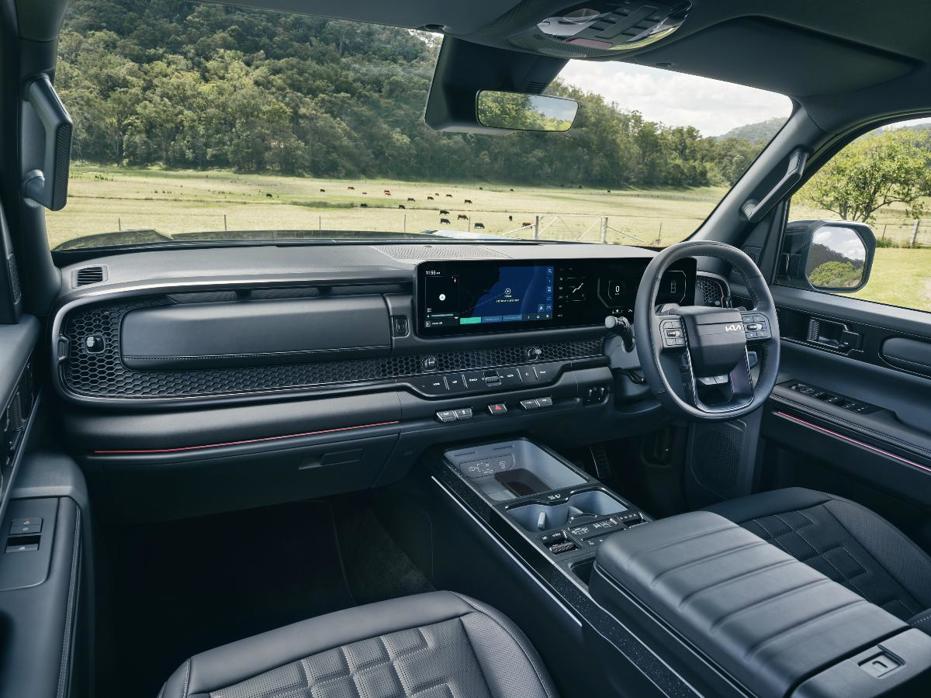
How much is it?
The Tasman is launching in New Zealand with a single body (double cab wellside) and single drivetrain (2.2-litre diesel turbo, 8 speed auto, 4WD) spread across five models, with the TX 4WD kicking off the pricing at $52,690.
Look, I’m just gonna say it - I love the way the Tasman looks. To me it looks like the big, chunky toy trucks made by the likes of Buddy L and Tonka in the 1980s.
The TXR lands at $58,690, while the TXS will cost $62,290. The X-Line and X-Pro top the range at $69,690 and $79,690 respectively.
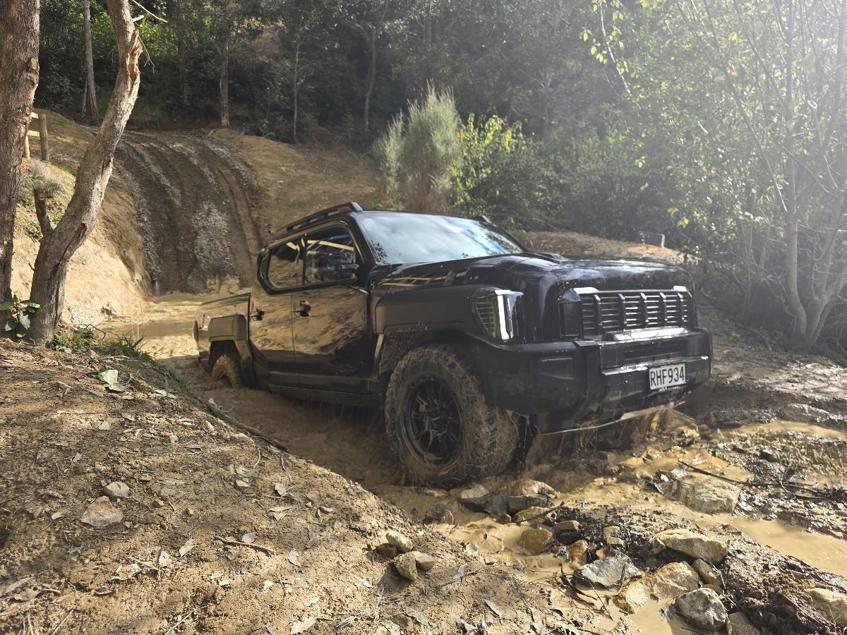
What’s it like to drive?
We only got to drive the X-Pro variant at the launch, and only around a purpose-built off-road track that Kia had specially constructed for the Tasman’s local launch in Wellington.
While that meant that we didn’t actually learn much about how the Tasman actually drives, what we did learn was genuinely impressive.
The Tasman was presented at the venue in various degrees of personalisation, from the drive cars that were pretty much standard, apart from some on more aggressive all-terrain tyres and smaller off-road wheels, through to some heavily accessorised static models highlighting the extreme degree of work Kia NZ has done with aftermarket suppliers to ensure the Tasman has a vast array of accessories available at launch.
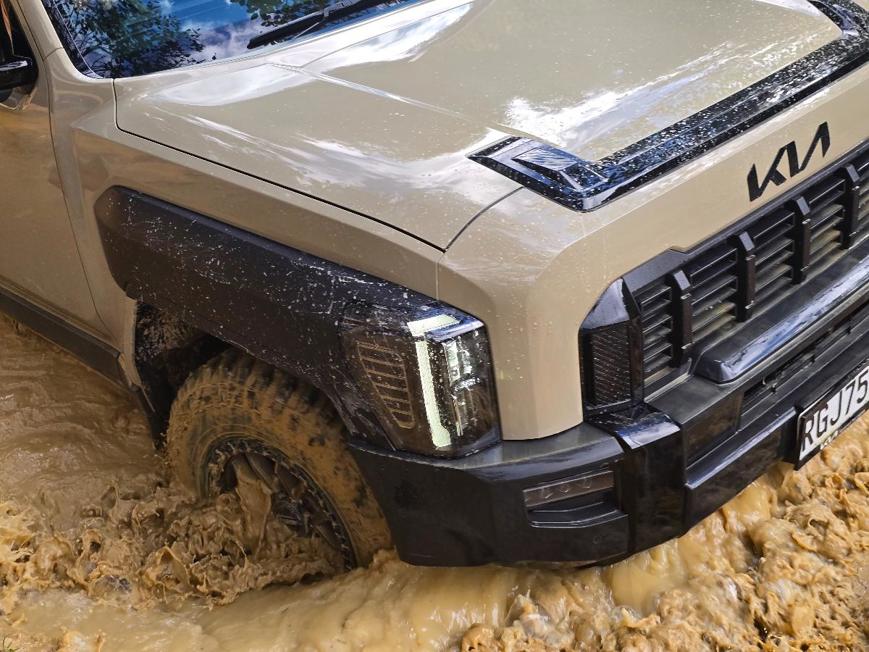
On the inside, the Tasman X-Pro is deeply impressive, with an SUV-like interior that exceeds even the standards of the BYD Shark 6 in terms of design and quality, while the muted grumble from the diesel engine is genuinely refined and petrol-like at idle.
The engine felt easily up with the standards of the range, being willing to rev and solidly torquey low down.
Moving off, the diesely nature of the engine becomes a bit more obvious, but it is never less than distant and refined, even when climbing up in the revs at low speed in low ratio. The quality of the materials used in the interior also becomes more apparent as you start using the switchgear - it all feels genuinely nice and not at all ute-like, even by modern ute standards.

Ride quality is tough to call at this stage, as everything we did was at very low speeds over some pretty gnarly and uneven terrain, but it felt nicely compliant and the worst of the surfaces seemed to be rather nicely kept out of the cabin. It remains to be seen what the Tasman is like at speed on a tarmac road, but we have one very soon for a longer on-road test.
Likewise performance was hard to judge from our limited experience, but the engine felt easily up with the standards of the range, being willing to rev and solidly torquey low down.
In terms of off-road driving, however, the Tasman was rather impressive. Keeping in mind that this was a track purpose-built for the Tasman, there were some fairly extreme obstacles thrown at it - deep water crossings, 22 degree-plus sidlings and a pretty aggressive cross-articulation stretch - even if the underlying surface was pretty hard-packed.
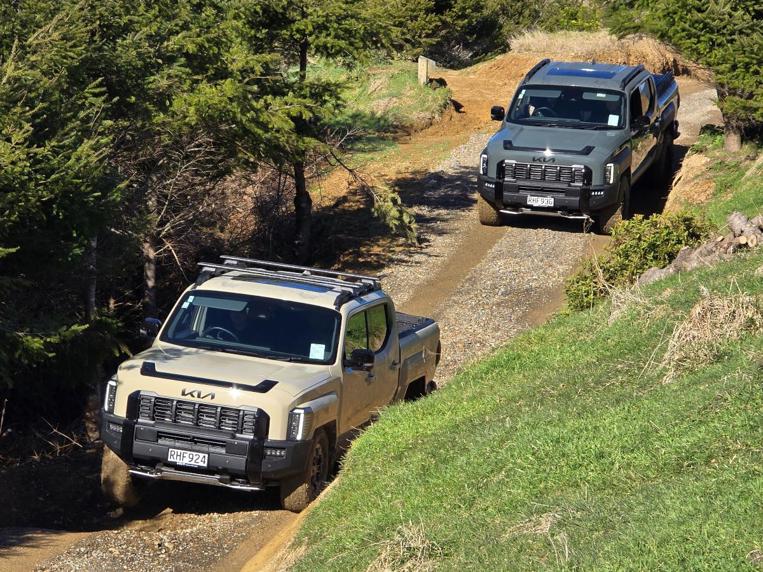
The star of the show was the X-Pro’s X-Trek mode that is essentially an off-road cruise control system that combines traditional hill descent control and a crawl mode to make low-speed progress across rough terrain easier and considerably smoother.
The X-Pro was particularly impressive and certainly seems to offer more than enough to make its $80k price tag seem reasonable.
And while the system is thoroughly excellent and extremely useful (as it is in most 4x4s that offer such systems), the switch that is set down on the centre console is an issue. Controlling the speed can lead to you turning the system off if you hit a bump and push down… which seems like a massive design oversight, when simple separate steering wheel buttons would be far more intuitive.
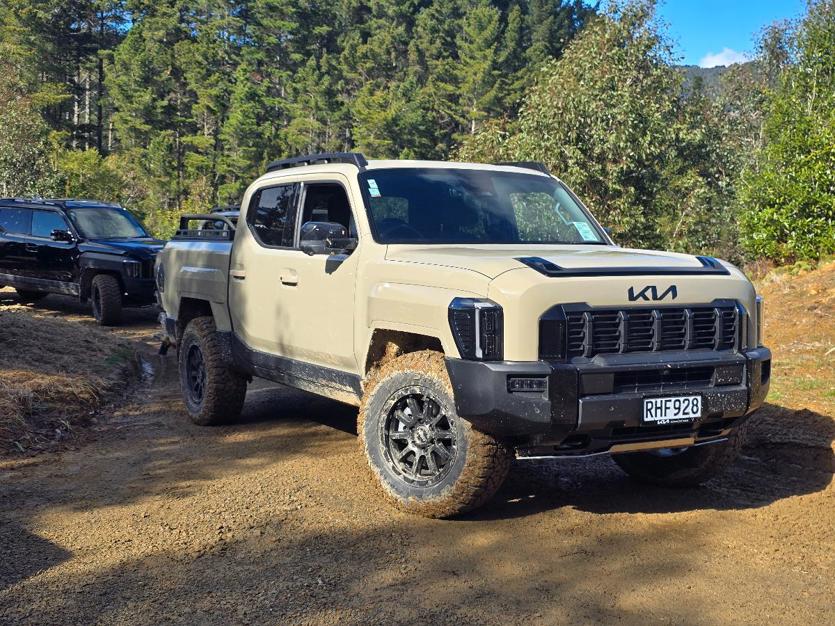
What’s the pick of the range?
Hard to say just yet, as we have only driven the range-topping X-Pro and only in an off-road situation, but it was particularly impressive and certainly seems to offer more than enough to make its $80k price tag seem reasonable.
What other cars should I consider?
While there is no shortage of options in the one-tonne ute segment, the Tasman’s obvious competitors are going to be firmly in the top five sellers (a place that Kia NZ wants the Tasman to be in by next year), so that means the Ford Ranger, Toyota Hilux, Mitsubishi Triton, Nissan Navara and, just recently, the BYD Shark 6.
While it certainly seems to have what it takes to take these five on in terms of off-road ability, equipment, pricing and sheer quality, we don’t know much about its on-road manners yet. And that, along with its divisive looks, will be a big deciding factor.

















